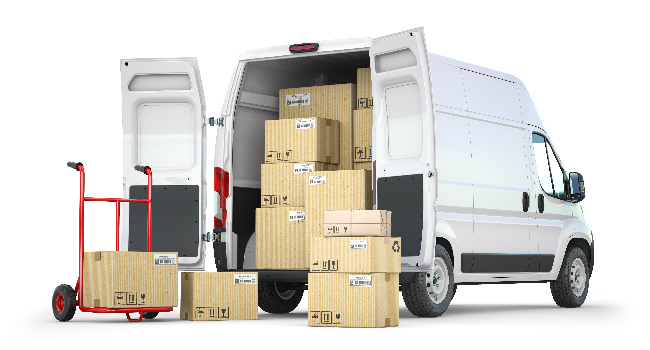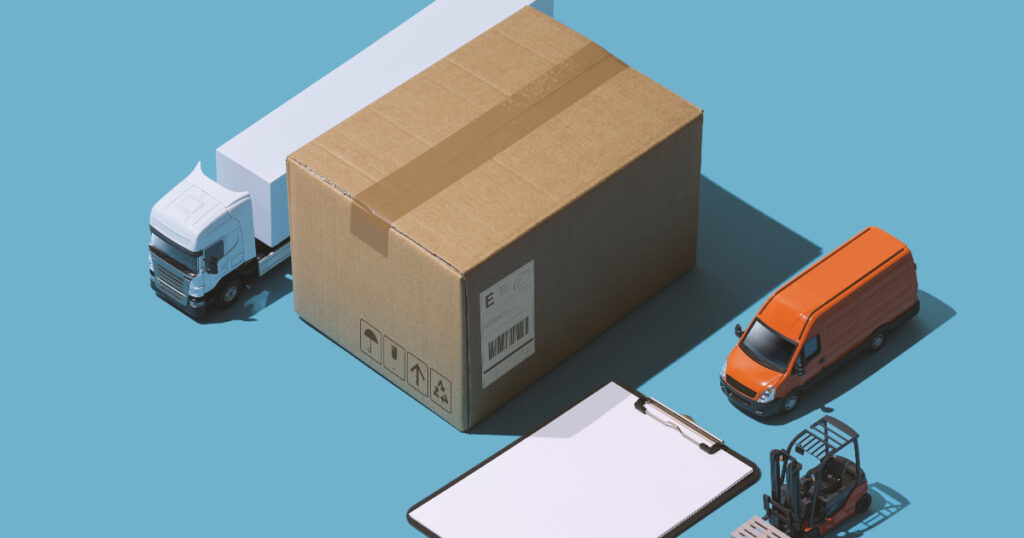A1 Quality Logistical Solutions
Key Highlights
- Efficient shipping is crucial for businesses to save money and time.
- Choosing the right shipping method and packaging can significantly impact shipping costs and delivery times.
- Automating shipping processes and integrating real-time tracking technology can optimize logistics operations.
- Negotiating better rates with carriers and utilizing bulk shipping are effective strategies for reducing shipping expenses.
- Streamlining your shipping process leads to increased efficiency and improved customer satisfaction.
Introduction
Shipping plays a vital role in the supply chain. It affects how well a company does financially and how happy the customers are. Efficient shipping involves managing logistics operations and moving goods well from distribution centers. To do well, companies need to focus on getting their shipping right.
Understanding the Basics of Efficient Shipping
Efficient shipping begins with knowing your products and your target market. You also need to understand the shipping options available to you. It is important to find the best mix of speed, cost, and reliability. This includes selecting the right packaging, planning delivery routes, and reducing handling time.
Staying updated on industry practices, carrier rules, and new technology can help you stay ahead of competitors. A well-run shipping process can lead to lower costs, quicker deliveries, and happier customers.

The Importance of Choosing the Right Shipping Method
Choosing the right way to ship leads to quick and affordable delivery. In the United States, the trucking industry is key in moving goods. It provides different options for various types of freight.
For smaller packages and urgent deliveries, many people prefer express shipping services like FedEx or UPS. These companies provide different shipping choices, like overnight and fast delivery. For bigger shipments, Less than Truckload (LTL) shipping is a smart choice. Here, your goods are carried together with others on one truck, which saves money. On the other hand, Full Truckload (FTL) shipping is best for large orders that need an entire truck.
Each shipping method has its own benefits and pricing. Looking at things like shipment size, weight, where it’s going, and how fast it needs to arrive will help you choose the best option for both speed and cost.
How Packaging Affects Your Shipping Efficiency
Believe it or not, packaging matters a lot for shipping. Good packaging keeps your items safe while they travel. It helps lower the chances of damage and returns. Using strong boxes, enough padding, and clear labels can stop problems before they start. This also helps prevent delays.
Moreover, using pallets properly can save money on transportation. Planning how you stack and secure items on pallets reduces wasted space. This way, you can fit more goods in each shipment and use truck space better.
In summary, being precise with packaging really helps with shipping. By making package sizes smaller, using strong materials, and improving pallet use, you can make the whole process faster and cheaper.
Streamlining Your Shipping Process
Making your shipping process better means cutting out delays and ensuring everything runs smoothly from when someone places an order to when it gets delivered. This includes looking closely at each step, finding what slows things down, and making changes to use time and resources better.
Also, if you solve problems ahead of time and always look for ways to make your work better, your shipping process will become faster and more effective. This will help keep your customers happy and improve your profits.

The Role of Automation in Shipping
Automation allows businesses new ways to work, make fewer mistakes, and use resources more wisely. By automating regular tasks like order processing, label printing, and tracking shipments, companies can save important time and resources for other critical parts of their work.
Logistics software can also help. It can choose carriers based on set factors like cost, delivery time, and the destination. This way, each shipment gets the best option at the best price. In addition, these automated systems can provide real-time data on shipping amounts, carrier performance, and possible delays. This helps businesses make smart choices and deal with issues before they become big problems.
Bringing automation into shipping improves accuracy and speed and lowers costs. This leads to operations that are more efficient and profitable overall.
Integrating Technology for Real-Time Tracking
In today’s connected world, customers want to see their orders in real-time. Businesses can improve this by using technology that shows real-time data about where shipments are and their status. This helps keep customers informed and their expectations managed.
Using a Transportation Management System (TMS) gives access to a central place where you can see all your shipments from start to finish. These systems usually work with GPS devices and carrier networks. This means you can track how goods move from your distribution centers to where they need to go.
Here are some key benefits of real-time tracking:
- Better Customer Satisfaction: Giving customers updates on their shipments creates a better experience and builds trust.
- Quick Problem Solving: Spotting delays or issues as they happen allows for quick action, minimizing the effect on delivery times.
- Better Route Planning: Real-time info on traffic and delivery routes helps improve routes and cut down delivery times.
Cost-Effective Shipping Strategies
Controlling shipping costs is important for any business, especially in competitive markets. Using smart shipping strategies can help your profits grow without slowing down service or trust.
By taking different steps like getting better rates, improving packaging, and using technology, businesses can save a lot of money and boost their profits.

Negotiating Better Rates with Carriers
Negotiating favorable rates with carriers is crucial for cost-effective shipping. While it may seem daunting, especially for small businesses, understanding your shipping volume, leveraging your network, and presenting a strong case can lead to significant savings.
Start by building relationships with multiple carriers and understanding their strengths and weaknesses. When negotiating, highlight your shipping volume, consistency, and any value-added services you offer, such as prompt payment or efficient loading and unloading processes.
Consider negotiating a flat rate for frequently shipped routes or destinations. Here is an example of how to present your shipping data:
Shipping Lane | Volume (Shipments/Month) | Average Weight | Current Rate |
New York to Los Angeles | 50 | 2,500 lbs | $2,000 |
Chicago to Dallas | 30 | 1,000 lbs | $1,200 |
Atlanta to Miami | 20 | 500 lbs | $800 |
Utilizing Bulk Shipping for Savings
Bulk shipping is a great way to lower shipping costs, especially for businesses that often send large amounts of goods. By putting together several orders into bigger shipments, you can take advantage of lower costs per unit.
While bulk shipping needs some extra planning, the money you save on transportation can be large. Combining shipments can also cut down the amount of time it takes for loading and unloading. This could boost efficiency and might even lead to discounts from delivery companies.
Still, you need to think about the pros and cons. Increased inventory storage costs and longer wait times for customers could happen if orders are held back to make larger shipments. Doing a careful cost-benefit analysis that fits your business needs can help you decide if bulk shipping is right for you.
Conclusion
Choosing the right shipping methods and improving packaging helps you to be more efficient. Using automation and real-time tracking makes the process smoother. Also, negotiating better rates and using bulk shipping can help you save money. Following these strategies leads to better shipping operations that are also more affordable. If you want to improve your shipping efficiency more, think about using technology that fits your business. With the right plan, you can make your shipping process easier and keep your customers happy.
Frequently Asked Questions
What is the most cost-effective way to ship packages?
The best way to ship your items at a low cost depends on a few things. These include the size and weight of your shipments and where they are going. You might want to use freight carriers for bigger shipments. Also, look into flat rate shipping options or see if you can get discounts for shipping often. Lastly, remember that there could be extra charges called lumper fees.
Are there any technologies or software that can help streamline the shipping process?
Many tools and software can help improve your shipping process. For example, Transportation Management Systems (TMS) have features like automation and real-time data analytics. They also work well with different carriers for smooth logistics management.

Haley serves as the Marketing Manager for A1 Quality Logistical Solutions. She joined A1QLS in 2023 with her prior experience gained with GXO and XPO Logistics.

